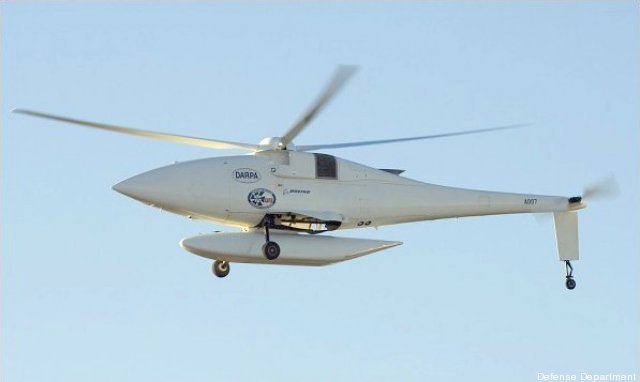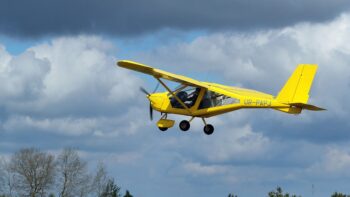 CORRECTED We deeply regret the several corrections this story has required. We spoke with NavAir to ensure it now accurately reflects events at the time.
CORRECTED We deeply regret the several corrections this story has required. We spoke with NavAir to ensure it now accurately reflects events at the time.
FT. LAUDERDALE: Boeing’s premiere helicopter drone is out of the mix to become the Marine Corps’ new unmanned aerial cargo hauler.
Company officials are negotiating with their NAVAIR counterparts to see what the Hummingbird’s future will be in the Marine Corps program, Jeff Shelton, Boeing’s business development lead for the A160 program, said yesterday. NAVAIR issued a stop work order on the A160 last December. Company officials are exploring efforts to “modify the contract” in order to get the A160 work restarted, Shelton said during the Association of the U.S. Army’s annual symposium here. He declined to comment on the specifics surrounding the command’s decision to stop work on the A160 or what changes could be made to the contract to allow work to re-start.
The decision to stop work on the A160 development came just as program officials were preparing for a key test of the aircraft. Lockheed Martin’s offering for the Marines, dubbed the K-MAX, passed its Quick Reaction Assessment in Yuma, AZ last September and is now undergoing operational testing in Afghanistan. The Hummingbird has yet to complete the QRA. With work now back underway at Boeing on the helo drone, company officials are also eying other opportunities for the aircraft across the services.
Boeing has pitched the A160 to the Navy for its Medium-Range Maritime Unmanned Aerial System program, Shelton said. Envisioned as a larger version of the Navy’s venerable Fire Scout drone, the MRMUAS would have been able to fly further and longer than the Fire Scout while carrying a larger sensor payload. However, that effort is now in question after Navy officials decided zero out funding for the MRMUAS in its fiscal 2013 budget plan. That said, Boeing is also looking to help the Army expand the number of missions for the Hummingbirds the service already has. The Army has already completed joint capability and technology demonstration deal with the company, looking at everything from expanded intelligence, surveillance and reconnaissance capabilities to possibly arming the A160. However, the main goal for the Boeing team is to get back into the game with the Marine Corps cargo drone.
The new helo drone would carry out tactical resupply missions to various Marine Corps units on the battlefield. They would theoretically take the truck convoys that traditionally do that mission off the dangerous roadways of Afghanistan. These convoys have become a prime target for improvised explosive devices planted by insurgent forces. IEDs have become the No. 1 killer of U.S. and coalition forces in country.
After shooting down Iranian munitions, Jordan defiant in uncomfortable spotlight
Amid Iranian criticism, “Jordanian leaders have been very clear to portray their action as defensive and in protection of their own sovereignty rather than any act in support of Israel, and this is sincere,” an analyst told Breaking Defense.


























